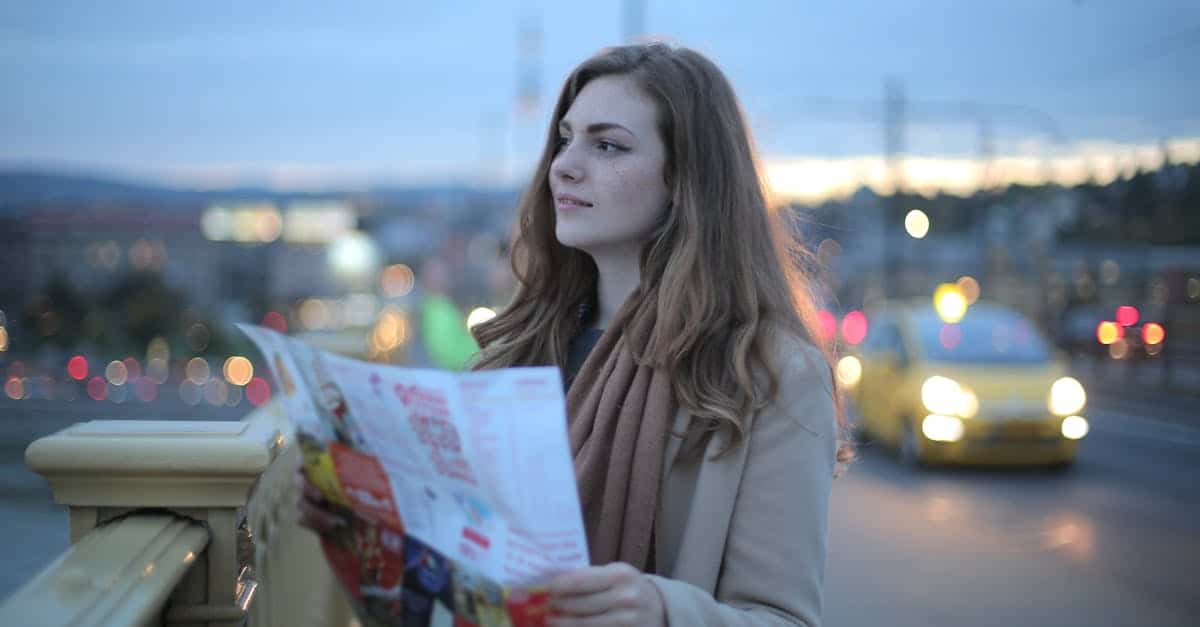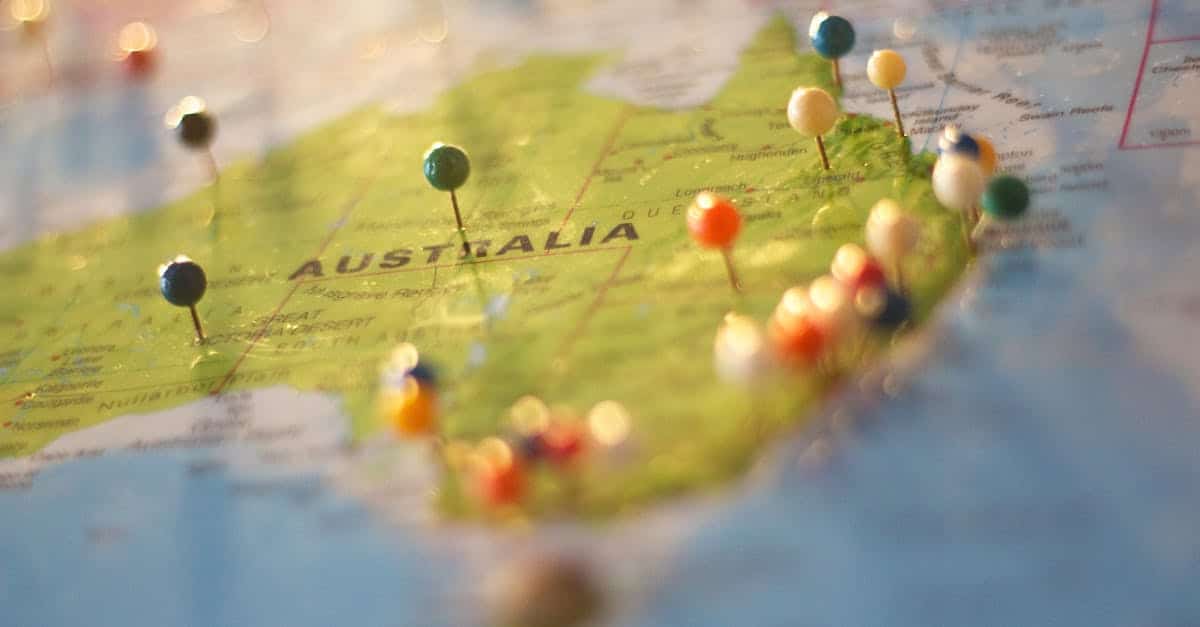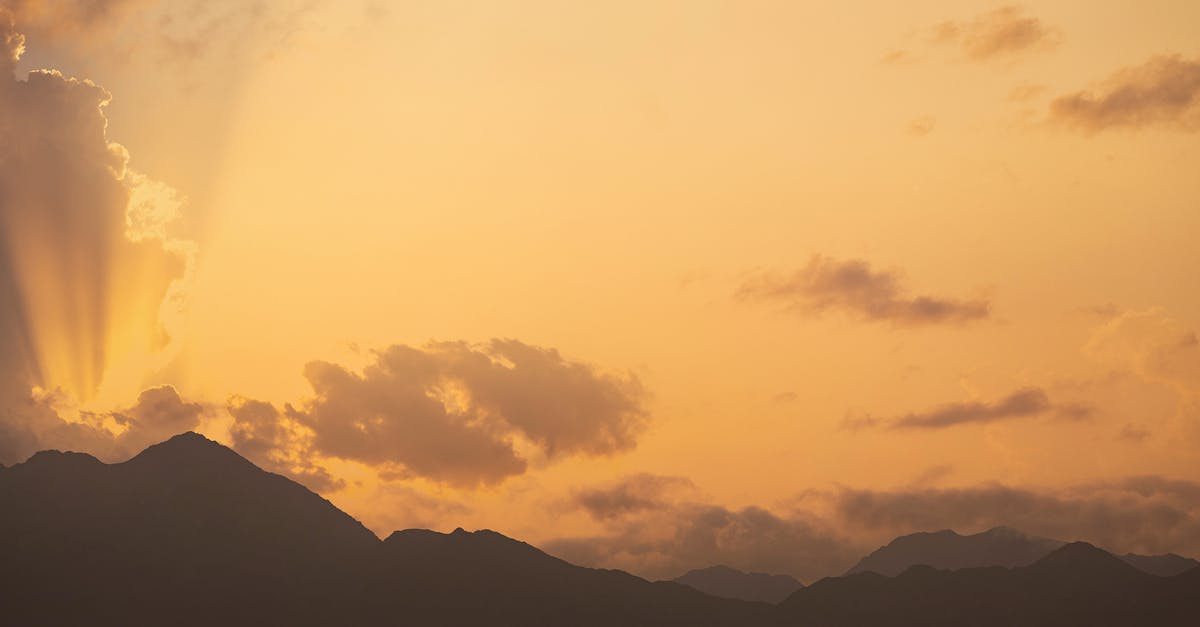|
IN BRIEF
|
Nestled between the majestic Atlas ranges and the golden beaches of the Atlantic, Morocco presents itself as a living painting where colors, flavors and cultures mingle. Beyond the vibrant souks of Marrakech and the captivating dunes of Merzouga, lies a secret, a rare pearl that few travelers dare to explore. Let’s travel together on little-known paths, to discover the hidden treasures of this kingdom with a thousand facets, where each detour promises us an adventure tinged with authenticity and wonder. Prepare to delve into the heart of North Africa, where mystery and beauty intertwine in a captivating dance.
A country with many facets
Morocco, with its varied landscapes, rich culture and delicious cuisine, is undoubtedly a jewel of North Africa. From golden beaches to majestic mountains, Marrakech’s bustling souks and peaceful Berber villages, every corner of this country is teeming with secrets to discover. This article aims to take you on a journey to an authentic Morocco, to meet its little-known gems which will seduce you with their beauty and uniqueness.
The hidden villages of the Atlas Mountains
By venturing into the heart of Atlas Mountains, we discover villages that seem frozen in time. Tizi n’Tichka, for example, is a must for anyone wishing to explore this region. But beyond this key road there are small villages like Ouirgane And Asni, often forgotten, but which offer a rare authenticity. The locals are known for their warm welcome and their vibrant traditions, preserved from modern turbulence.
Meeting with the Berbers
The Berbers, the indigenous people of Morocco, are proud of their cultural heritage. During a visit to these perched villages, do not hesitate to participate in a tea ceremony, a social and cultural rite, where conviviality and generosity reign supreme. Listen to the stories of yesteryear, those of life in harmony with the mountains and the surrounding nature, in a breathtaking setting.
Essaouira: between sea and medina
In the west of Morocco, Essaouira is a stunning coastal town that combines historic charm and seascapes. Less crowded than other destinations, its medina, a UNESCO world heritage site, is a maze of white and blue streets, where you can taste fresh seafood in the many restaurants of the port.
The magic of festivals
Essaouira becomes a party ground during the famous Gnaoua Festival which attracts musicians from all backgrounds. As you stroll through the streets during this event, you will be enveloped by captivating sounds and catchy rhythms, a sensory experience that you will remember for a long time.
The golden dunes of Merzouga
Direction the country of golden dunes, where the village of Merzouga stands, at the gates of Sahara desert. This is where you can experience a real Saharan adventure. The dunes of Erg Chebbi offer a mesmerizing visual spectacle, especially at sunrise and sunset, where the sand takes on flamboyant hues. Take part in a camel excursion to savor the moment under a starry sky.
A night under the stars
Staying in the desert under the stars is an unforgettable experience. The traditional canvas camps, often run by local families, will allow you to taste the Berber gastronomy, while sharing authentic exchanges around the fire, lulled by traditional songs. Don’t miss the opportunity to listen to the tales of the locals, stories of nomads who have crossed these arid lands for generations.
Rabat: a little-known treasure
Often overshadowed by cities like Marrakech and Fez, Rabat, the capital of Morocco, is nevertheless full of treasures to discover. With his Andalusian gardens, its historical monuments and its peaceful beaches, it offers a peaceful and authentic setting for those in search of tranquility. Visit the Kasbah of the Oudayas, an iconic site that features the blend of Moorish and Andalusian architecture.
Every corner has its story
The mausoleum of Mohammed V, the city’s architectural masterpiece, is a place of contemplation and offers a breathtaking view of the city and the Bou Regreg river. Don’t miss the Mohammed VI Museum of Modern and Contemporary Art, which highlights talented Moroccan artists.
| Appearance | Description |
| Culture | Mixture of Berber, Arab and Andalusian traditions. |
| Landscapes | Sahara dunes, Atlas mountains, beaches of Agadir. |
| Gastronomy | Couscous, tagine, pastilla, mint tea. |
| Activities | Hiking, surfing, visits to medinas, souks. |
| Hospitality | Celebrated for its warmth and friendliness. |
| Economy | Tourism, agriculture, crafts as main sectors. |
| LANGUAGES | Arabic, Amazigh and French widely spoken. |
| Climate | Varied: Mediterranean, continental, desert. |
- Rich culture
- Berber, Arab and Andalusian influences
- Varied cuisine
- Tagines, couscous and pastries
- Diverse landscapes
- Deserts, mountains and beaches
- Warm hospitality
- Well-established welcoming traditions
- Local crafts
- Souks and handmade products
- Historical heritage
- World Heritage Sites
- Outdoor Adventures
- Hiking, trekking and water sports
- Booming economy
- Growing investments in tourism
- Spirituality
- Numerous mosques and medinas
Marrakech: beyond the clichés
Marrakech, the red city, is often invaded by mass tourism. However, there are lesser-known elements that make it even more fascinating. Moving away from the famous souks of Jemaa el-Fna, explore the Majorelle gardens, a haven of peace created by the French painter Jacques Majorelle and more recently acquired by the fashion house Yves Saint Laurent.
Arts and crafts
In the less busy streets of the medina, you will have the opportunity to meet talented artisans. Whether to observe the manufacturing of Berber rugs or artisanal pottery, each encounter is a dive into ancestral Moroccan know-how. Cada artisan has a story to tell, making each piece a unique treasure.
The virgin beaches of Agadir
Although known for its sunshine and tourist complexes, Agadir also has less crowded beaches, especially further away from the city. The beaches of Taghazout, for example, are a true haven of peace for surfers and nature lovers. The coastal landscapes and waves offer the opportunity to escape from the hustle and bustle of the city.
An escape with a local taste
The small seaside restaurants invite you to savor typical dishes, such as the famous fish tagine, prepared with fresh local ingredients. Beach walks at sunset are unforgettable, filling your heart with sweet melancholy overlooking the ocean.
The timeless charm of Fez
Mythical and spiritual city of Morocco, Fez is often considered the cultural capital of the country. Its medina, listed as a UNESCO World Heritage Site, is a maze of narrow streets where you can feel Moroccan authenticity on every street corner. Getting lost in this city will reveal hidden wonders, from tanners’ workshops to small traditional cafes.
Ancestral rituals
Don’t miss visiting the famous Chouara tannery, where the leather is still prepared using ancestral methods. The spectacle of the colored vats is striking, and the scent of the treated hides is an unforgettable sensory experience. Throughout Fez, charming mosques, madrassahs and palaces await you with their breathtaking architectural details.
The Moroccan Sahara: a world apart
THE Moroccan Sahara is not just limited to its towering dunes, it is also home to lush oases, spectacular canyons and impressive mountains. Destinations such as Todra Gorges And Dades Gorges worth exploring. These uncrowded places offer breathtaking landscapes and are ideal for hikers looking for adventure.
The breath of history
As you travel through these gorges, become aware of the evolution of the earth, taking advantage of the historical stories passed down for centuries by the Berbers. These brutal and enchanting landscapes bear witness to a rich past and a deep connection to Morocco’s cultural roots.
The Chefchaouen region, the blue
Perched in the Rif mountains, Chefchaouen is arguably one of the most photogenic cities in Morocco, famous for its blue-painted architecture. This little corner of paradise attracts those in search of tranquility, with its narrow streets and lively squares. Chefchaouen is the ideal place to disconnect and enjoy the present time.
Crafts and relaxation
Stroll through the local markets and let yourself be seduced by the region’s crafts. Wool products, pottery and argan oil, a Moroccan essential, are all authentic souvenirs to bring back. Don’t forget to taste local specialties like the famous “bissara”, a delicious bean soup.
Conclusion: An invitation to explore
Morocco is a country of infinite wealth, offering travelers the opportunity to discover hidden nuggets throughout their journey. Once you have explored these mystery keys, you will feel the irrepressible urge to return again and again, each trip revealing a new secret to you. Don’t miss the opportunity to discover Morocco at its most beautiful. Who knows what treasure you will unearth on your next getaway?
A: The best time to visit Morocco is generally in spring (March to May) and autumn (September to November), when the climate is pleasant and temperate.
A: Major attractions include Marrakech, Fez, the Sahara Desert, Chefchaouen, the Atlas Mountains and the beaches of Essaouira.
A: Moroccan cuisine is famous for its spicy and savory dishes, including tagines, couscous, pastillas and pastries made with almonds and honey.
A: Although Arabic and Berber are the official languages, French is widely spoken in tourist areas, making communication relatively easy for visitors.
A: Morocco has various means of transportation, such as taxis, buses, trains and rental cars, making it easy to travel between cities and tourist sites.
A: It is advisable to remain vigilant, respect local customs, not display valuable objects and favor well-traveled areas.
A: Yes, Morocco offers many trekking opportunities, especially in the Atlas Mountains and Toubkal National Park, which are popular among hiking enthusiasts.


